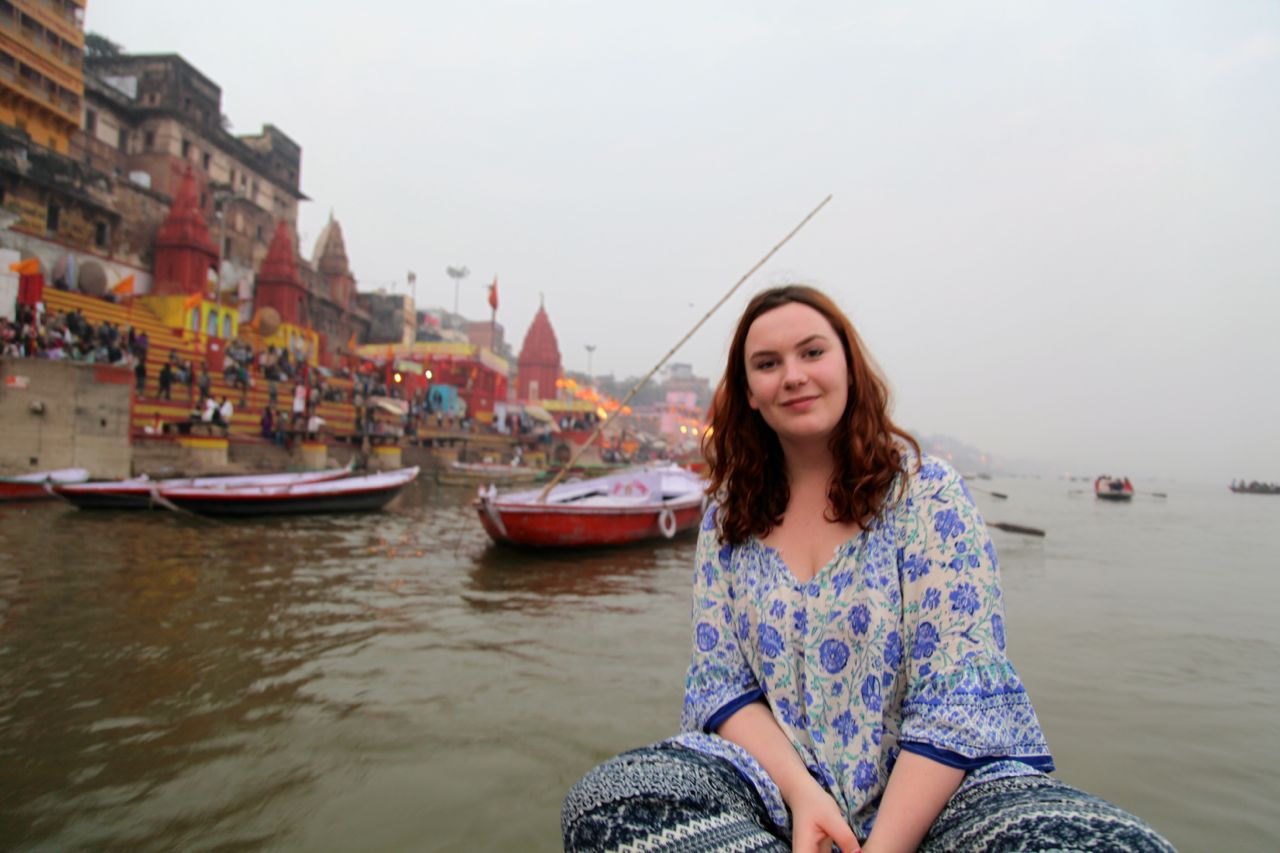Here are the most important points that I took from the lecture and my thoughts on them:
Don’t seek to define by what it means, define by what it does
Taxonomy is dangerous. It limits and it doesn’t include variations and options. These days everything is messy, entangled, connected and complicated. The distinctions between different categories and groups and definitions are dissolving with the progression of social media. Adrian used the dissolution of the distinctions between ‘professional’ and ‘amateur’ as an example, and it’s a great one.
Increasingly definitions to common terms and ideas are broadening, this is breaking down barriers and limitations and changing the world around us constantly.
This means that increasingly we need to think of things (and in the case of this class, media) as all-encompassing and enormous, and when we seek to understand and define things, we need to look at what they ‘do’ and not what they ‘mean’. So when you go about making something, start with, “What can it do, not what does it mean.”
This I think is a great point, because in life we are taught to seek to categorise and organise things. I in particular am constantly trying to organise things neatly, but I find this difficult because everything is connected, entangled and messy. Attempting to categorise it has so far been too difficult and so perhaps accepting it and working within the world with this knowledge is the most effective way to work, live and create.
In interactive documentaries there is a relationship between reality, the user and the artefact
These are the three main engagers with the project and should be taken into consideration when planning or analysing a project.
The relationship is there and is irrelevant to the category of i-doc, (experiential, participatory etc).
Users are internal or external to the work
Participatory, the user is internal, and this is an ontological work.
Exploratory, the user is external and is an active observer. (Korsakow works are exploratory.)
